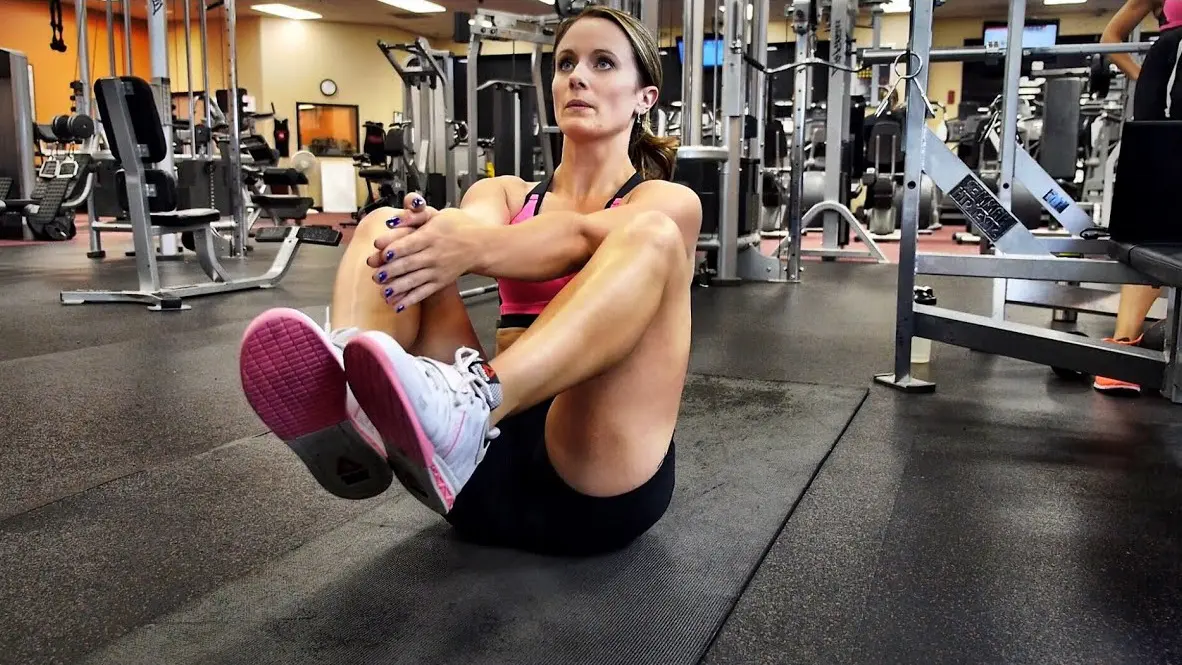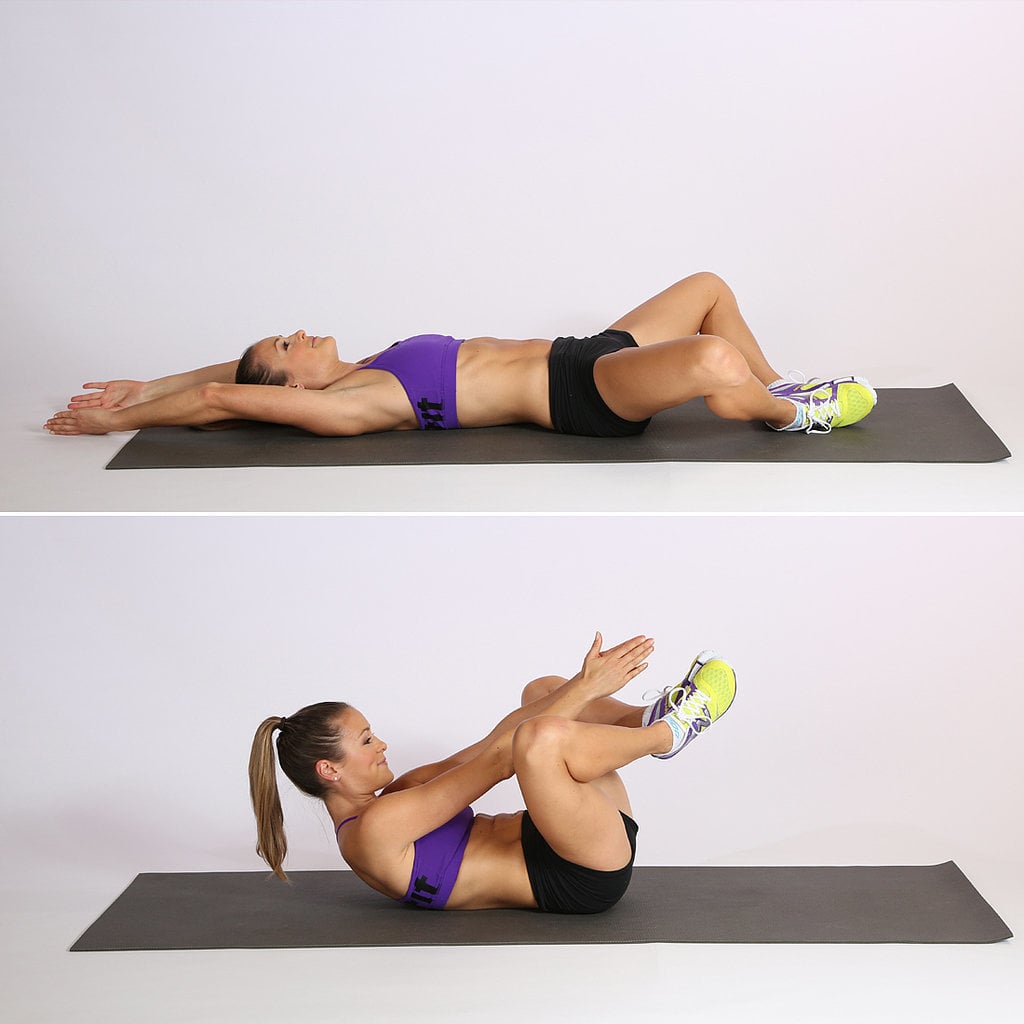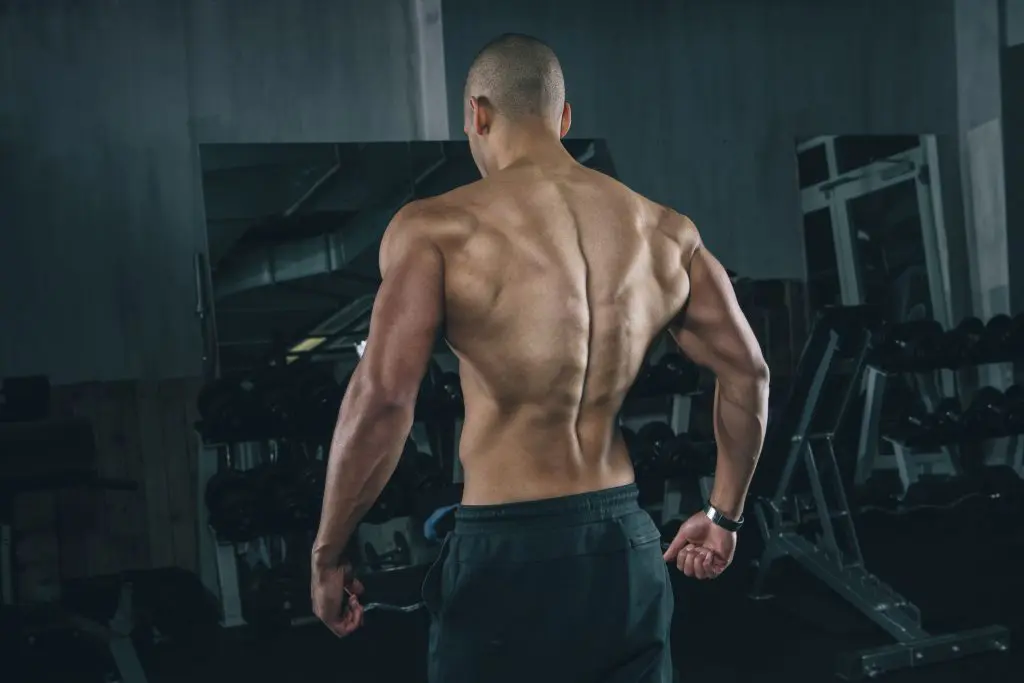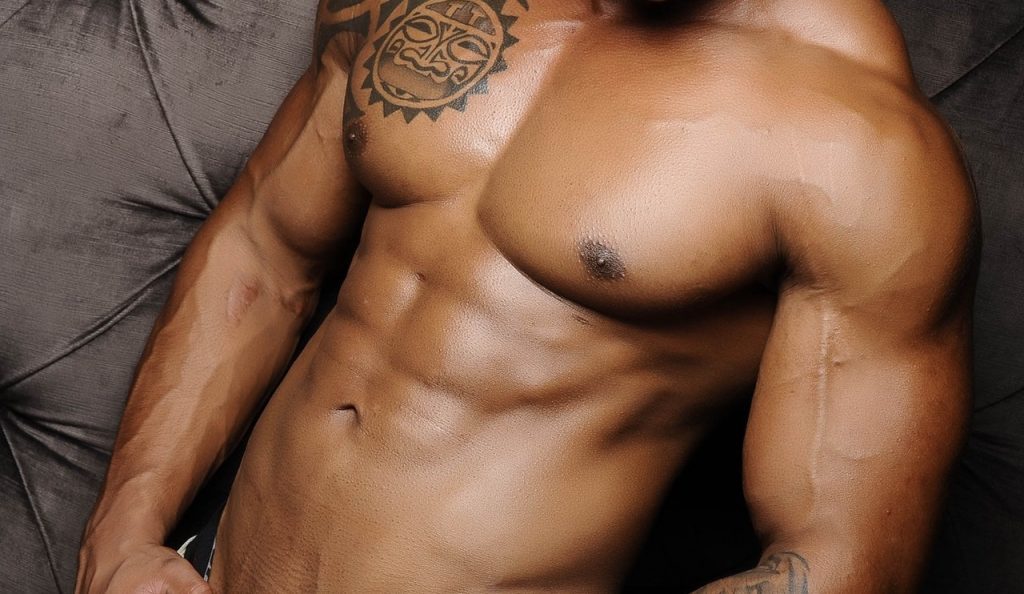
The best online fitness resource you'll ever need. We filter out the BS to ensure you meet your health and fitness goals!

The best online fitness resource you'll ever need. We filter out the BS to ensure you meet your health and fitness goals!

We get so obsessed with sit-ups and crunches that we often overlook more interesting, more stimulating and more challenging core exercises.
This may seem OK. People are comfortable with what they know, and everybody knows what sit-ups and crunches look like (whether or not they perform them properly is a subject for another article!) Sit-ups and crunches seem to do a lot for your core. Crunches actually may do a lot for your core. Sit-ups are a bit iffy and may be dangerous for your lower back.
But surely we can do better than this, can’t we? We can find more taxing, more advanced core exercises that take us away from the monotony and plateaus inherent in sit-ups and crunches?
Of course we can.
One of the best core exercises for intermediate to advanced trainees is the butterfly crunch: a manageable yet challenging take on the crunch that will have your rectus abdominis burning whilst keeping your transverse abdominis and internal obliques incredibly tight and your lower back safe.
For those among you who want to add a little variation and a bit more stimulation to your core routines, the butterfly crunch may be exactly what you’re in need of.
Butterfly crunches are intermediate to advanced core exercises that take their cue from the regular crunch. You begin lying on your back, with a tight core, and focus on abdominal contraction through every rep, as you would with a crunch.
However, what makes the butterfly crunch so much more challenging than regular crunches the position and motion of your legs through the exercise.
You will want to keep your feet together with their soles touching. This will cause your knees to fall out to the side like a set of butterfly wings, which is obviously why they are called ‘butterfly crunches’. There are a couple of variations on the butterfly crunch that we will go through below: both revolve around the motion you perform with your legs, and both will give varying and different resistance accordingly.

The main point of this position is to stop the grounding effect that your legs have on your body throughout more traditional forms of the crunch. You cannot press your feet into the ground, so you cannot activate your quads and glutes against them for stability and motion. This puts all of the pressure into your abs as they take over and basically have to do all of the work by themselves.
Hence they are harder and more advanced; hence they give you better adaptation and ultimately stronger abdominal muscles.
It should be apparent by now that there are some serious advantages to bringing in harder core variations like the butterfly crunch. But let’s go over a few reasons why butterfly crunches, and hard ab work in general, can be of benefit to both your overall health and to your fitness goals.
Let’s get into it and look at how you can perform the butterfly crunch. There are a couple of different versions, with each with different intensities. We will look at both below. However, both use the same basics to make sure you keep good form, good posture and good core engagement throughout the exercise.
To perform butterfly crunches:
As mentioned above, there are a couple of variations on the butterfly crunch. There is a way to take it to a more advanced, more challenging level.
For the advanced variation, your arms will be in front and your legs will come up with your torso. This will further remove any lower body stabilising factor, putting more stabilising strain into your core itself. It will also work that all-important crunching motion through your lower abs more ably.
To perform this more advanced, more challenging variant of the butterfly crunch:
You can either return your feet to the mat between each rep or, for a really hard workout, keep them a couple of inches off the floor throughout.

Good form is crucial when performing any exercises. This is especially true of crunches and crunch variations. The danger of hurting your neck or back is quite high if you use poor form- so much so that many trainers and athletes forego crunches altogether for alternative core exercises.
However, if you take note of the following advice and stick to proper form, you should be able to isolate the strain into your core and away from your neck and lower back:
Let your abdominal and core muscles do the heavy lifting. Don’t try to lift your head or neck: instead, try to lift your chest, keeping your neck neutral and relaxed.
Avoid hunching your neck or your upper back: keep a neutral posture, pulling your torso upwards from the core rather than folding in towards it.
When performing the basic variation, keep your heels as close to your buttocks as possible. This will help to deload your lower body and back, eliciting all of the contractile pressure you need from the abs. It’s more difficult this way, but well worth the extra sweat.
If you can’t keep your feet pressed up to your buttocks to begin with, do feel free to bring them lower- just a few inches should do it. This will make the exercise easier as you learn the basic techniques, just bear in mind that you need to keep the contraction in your abs.
As mentioned above, one of the best things about any kind of crunch variation is the limited- or non-existent- equipment needed. To perform any set, you need nothing but yourself and a bit of willing.
This being said, there are a few things it may be worth getting your hands on to make the whole experience a little more comfortable.
First off, exercise mats are always good for any kind of ground work. A gymnast’s mat, yoga mat or anything similar that you will find at a local gym will work perfectly. They are also usually really cheap and easy to get hold of if you want to buy one for use at home.
Mats will help to protect your back by absorbing some of the downward pressure from your body into the ground. This can obviously be uncomfortable, can lead to bruising and can exacerbate pre-existing joint and bone conditions.

Loose, flexible, comfortable clothing is also worthwhile. Though you can do core exercises anywhere, wearing anything, perhaps doing them in your office, wearing your smart suit isn’t the best idea. Instead, go for shorts or jogging bottoms and a loose t-shirt.
Alternatively, if you’re wanting to perform butterfly crunches at home or in a hotel room whilst travelling, you don’t need to wear much at all! Underwear or even your birthday suit will be comfortable and workable enough (just be wary of carpet burns if you’re not using a mat!)
A good program and a bit of dedication are all that’s left. Make sure you include core exercises regularly (3-4 times per week, for several hard sets.) Push yourself hard, stay dedicated, and make sure you keep to good form wherever possible.
There is no way to spot target fat: you will have to lose total body fat in order to slim down around the middle. Exercise helps, though more metabolically demanding exercises than crunches are much more efficient.
The best way to lose weight from around you belly is to maintain a caloric deficit of 500 or so calories per day, which will lead to a weekly weight loss of about 1lb. The strong abs you have built up through core exercises like crunches will then become visible.
Fifty crunches per day will help you to build strong abs, maintaining hypertrophy through your core. However, just sticking to the same fifty crunches day in, day out, won’t work for long. Your body will adapt to them and will hit a plateau, wherein you will be maintaining strength and muscle mass without building either.
You need progressive overload. If performing fifty crunches becomes manageable, try adding ten crunches per day every week. Alternatively, if you were doing fifty in sets of ten, try doing them in sets of 15-20, using smaller rest periods. Or try a more difficult variation: if regular crunches have become easy, this is where butterfly crunches will come into their own.

You already have abs- we all do. For most non-athletes, the condition of their abs is perfect for everyday life. However, if you are an athlete, there is a good chance that you need a stronger, more stabilising mid-section: this will involve building strength, size and endurance through your abs.
Crunches will help with this.
Couple these crunches with a correct diet, with the caloric deficit mentioned above, and those abs will soon become visible.
As above, you already have abs. To reveal them will take a combination of building the size of your existing abs, using exercises like butterfly crunches, and bringing your total body fat down.
Everybody carries their weight differently. Two people at the same body fat levels could look completely different, with one carrying excess fat around their thighs and buttocks and the other carrying it around their midriff.
If you carry fat around your waist and belly, you will have to bring your total body fat levels down lower than somebody who carries it elsewhere in order to reveal your abs. It’s not great, but everybody will have something in their genetic make-up that they don’t like.
The butterfly crunch has a lot to offer you. It’s challenging yet simple enough: you can work your base core stability whilst putting your abs through a great deal of contractile pressure. It will, in short, burn out your rectus abdominus whilst making your transverse abdominus and obliques do all the work of keeping your body afloat.
As promised at the beginning, it is a full core exercise that will lead to greater gains throughout any athletic endeavour.
As we saw at the beginning, the butterfly crunch may be exactly what you’re in need of if you want to add a little variation and a bit more stimulation to your core routines.